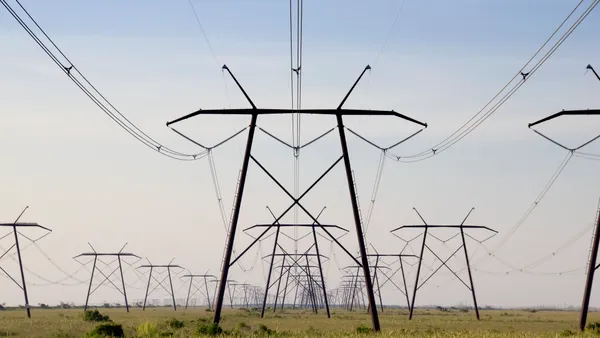Dive Brief:
-
The California ISO's board of governors has approved a comprehensive transmission plan for 2015 that recommends fewer infrastructure projects with substantially less capital costs, aimed at integrating increasing renewable power into the state's mix.
-
The plan includes seven reliability-driven projects representing an investment of about $352 million, and one transmission project driven by economics that has an estimated cost of $7 million.
-
The ISO also voted to enhance grid rules to better integrate "preferred resources," and bolstered processes for integrating demand response into the mix.
Dive Insight:
With renewables becoming an increasingly large portion of the energy mix, the California ISO has taken steps to smooth their integration and keep the grid reliable.
“The ISO in previous plans focused on ensuring the grid supports the state’s 33% Renewables Portfolio Standard and the reliability needs of Southern California, which we have done,” said ISO President and CEO Steve Berberich. “This year’s plan instead looked closely at assessing the progress of previously approved transmission plans and state procurement directives that ensure those needs are being met.”
The ISO's seven-year reliability-driven projects represent an investment of about $352 million, with one economically driven transmission project adding an estimated cost of $7 million. No new policy-driven transmission projects were identified as needed for meeting state policy, the ISO said.
Argus reports the most expensive of the projects are in Pacific Gas & Electric's territory with an estimated $254 million cost.
The board also voted unanimously in support of the first phase of a reliability service proposal aimed at smoothing green power integration.
“We established this multi-year initiative to evolve the ISO’s resource adequacy rules to make sure resources are offering energy to the wholesale market as expected and have the right technological capabilities to meet local, flexible and system needs,” said Keith Casey, ISO vice president of market and infrastructure development. “This initiative requires a significant implementation effort, which includes coordinating with state regulators and our market participants, and will take about two years.”













